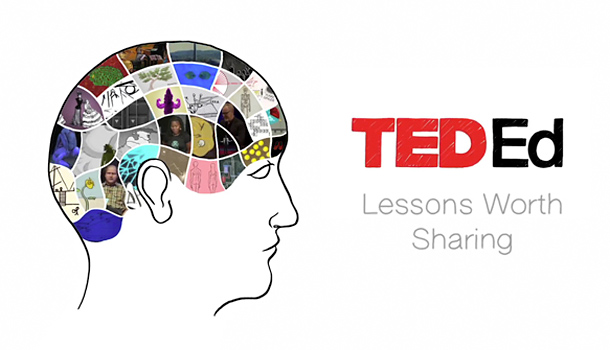
I
listen to the ESL Podcast Buying Theater Tickets, which is a good English
learning material for intermediate level ESL learner. The whole episode is
about a dialogue between two persons who are going to see a play. They are discussing
about how to buy the theater tickets. The podcast is about 20 minutes in all,
with 2 minute dialogue at the beginning, 15 minute explanation for the dialogue
and the rest is the normal speed dialogue again. The focus of the episode is on
vocabulary explanation. For example, vocabulary
like orchestra, loge, mezzanine and balcony, which are frequently used in
theater. So the episode can improve students’ listening skills and help them
acquire new vocabulary. And more importantly, they can use what they have
learned in their daily life, which means they can improve their social skills.
My
specific learning objectives are:
1) Students
will be able to identify the key vocabulary in the episode.
2) Students
will be able to use the words in daily conversation.
For
assessing their learning, I can design some vocabulary quiz, for example, for
the word “matinee”, I will give them multiple choices:(a). day-time (b). at night
and (c). all the day. Besides, I can let the students have role play and let
them talk about their theater plan in the play, using the vocabulary they have
learned at the same time.

















